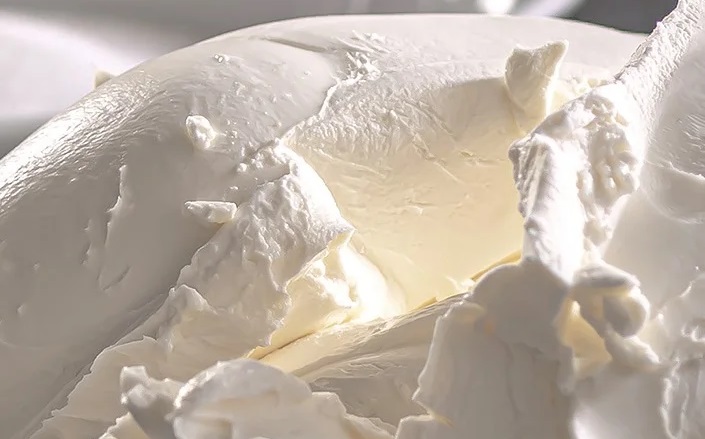Cheese is one of the oldest delicacies made from milk. In many languages, the origin of the word is connected to terms for milk or milk protein, casein.
Not only cow's milk is used to make cheese, but also goatãs, sheepãs, buffaloãs, camelãs, deerãs, elkãs, and even donkeyãs milk.
Depending on the type of milk, different varieties of cheese are produced, some of which are traditional and patented products in certain countries, tied to specific regions or geographic areas.
For example, Gouda cheese is named after the city of the same name in the Netherlands. Brynza (brined cheese) is an East Slavic delicacy commonly found in Slovakia, the Czech Republic, and Hungary. Feta cheese has Balkan-Greek origins.
Cheeses are usually classified by their hardness or fat content.
Typically, the following categories are distinguished:
- Hard (parmesan, grana padano, pecorino, djugas, etc.)
- Semi-hard (cheddar, emmental, maasdam, gouda, tilsiter, etc.)
- Soft (brie, camembert, roquefort, dorblu, etc.)
- Brined (ricotta, mascarpone, mozzarella, feta, brynza, etc.)
Recently, however, a "fifth" type of cheese ã cream cheese ã has increasingly appeared on store shelves. But what kind of cheese is this?
Cream cheese refers to the consistency of the product rather than the type of raw materials or the production technology used. A creamy texture can even be obtained from a specific category of brined cheeses, though the resulting cream cheese does not fall under the "soft cheese" category, as the production method and maturation process remain the same.
There are two ways to obtain a creamy texture in cheeses other than soft ones. One method involves thermally processing the cheese by melting it, while the other uses mechanical action to create a homogeneous, delicate texture.
The melting process changes the structure of hard cheeses into a paste-like mass by heating the cheese to a temperature of 75ã90 degrees Celsius.
Meanwhile, mechanical processing of brined cheese, such as brynza, allows for a creamy form to be created, which has an appealing, spreadable texture. This allows for an expanded use of brynza as an easily spreadable cheese product.
There are also various cheese products produced by mechanically processing cheeses with added ingredients, which can be classified as cream cheeses based on their texture or form. Mixers with built-in homogenizers are used for producing such products. This equipment is also employed to create plastic, homogeneous spreads made from butter, curd, and cream pastes based on soft cheeses, as well as to homogenize butter.

















